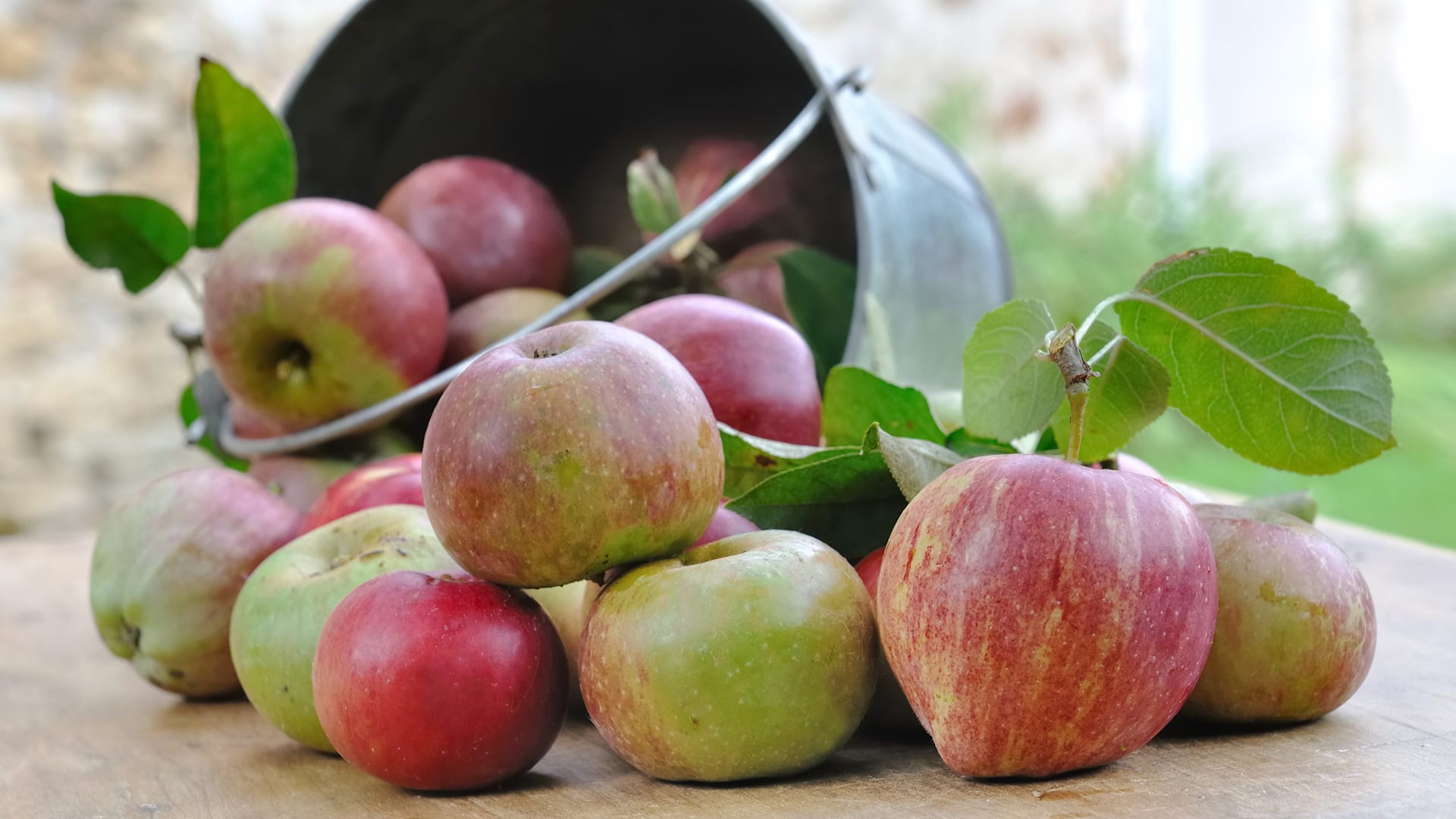Mystery Science respects the intellectual property rights of the owners of visual assets.
We make every effort to use images and videos under appropriate licenses from the owner or by
reaching out to the owner to get explicit permission. If you are the owner of a visual and
believe we are using it without permission, please
contact us—we will reply promptly and make
things right.
Exploration
Box of apples by
John Phelan
Red head brothers by
Eddy Van 3000
Wild apples by
John Severns
Apple trees by
Peter Fristedt
Bird eating berries on tree by
jeffreyw
Twins by
Ruth Lozano
Apple seeds by
fir0002 | flagstaffotos.com.au
Apples by
Scott Bauer
Brother/sister by
Rod Waddington
Row of apple trees by
Jeff Kubina
Half eaten apple by
Joe Lodge
Siblings by
Juhan Sonin
Honeycrisp apple by
Jon Fingas
Pine trees by
Luca Biada
Single apple tree with flowers by
Alexander van Loon
Half eaten apple on tree by
Shane McGraw
Rooster, hay, pitch fork by
Hartwig HKD
Holding half eaten apple by
Imgur
Pile of apples by
Sarah Horrigan
Holding apple by
Imgur
Bright red apple by
Imgur
Favorite apple tree by
Matt
Close up on apple seeds by
Mark Probst
Kinds of pears by
Agyle
Citrus by
Anthony Albright
Siblings 2 by
The Good Doctor
Other
Turkey in front of door by
H. Kopp-Delany




